Mastering the Art of Voice Blending in Choirs

In community choirs, achieving seamless voice blending can often feel challenging. With the number of UK choirs growing, understanding how to create a well-balanced sound is essential. This blog post will explore effective techniques for voice blending, the conductor’s role, and music selection to enhance your choir‘s harmony. By mastering these strategies, you’ll not only improve your overall sound but also foster stronger connections among members, like those in The People’s Orchestra and The People’s Show Choir. Dive in and discover how to make your choir‘s voices resonate consonantly!
Understanding Voice Blending in Choirs

Voice blending is essential for creating a harmonious sound in community choirs, especially in genres like gospel music. Understanding how tenor voices combine to achieve balanced pitch and emotion enhances the overall choral experience. You will learn about the key elements that contribute to effective voice blending, along with common challenges that arise during conducting of the people’s show choir and the people’s orchestra. Additionally, considering the number of uk choirs can provide deeper insights into the regional diversity of vocal ensembles. Let’s dive into these vital aspects!
Defining Voice Blending and Its Importance in Choral Singing
Voice blending in a chorus refers to the seamless integration of various vocal parts to create a rich, balanced sound. In community choirs and the people’s orchestra, it highlights the importance of attention to dynamics and how different voices, such as tenors and altos, can complement one another across octaves. By tuning your vocal cords to align with your fellow singers in the people’s show choir, you can enhance the overall performance and create a more impactful listening experience for everyone involved. Considering the number of uk choirs, the collaborative effort becomes even more significant.
Key Elements That Contribute to Effective Voice Blending
To achieve a good blend in your choir, focus on several key elements that greatly impact harmony. Intonation is crucial; everyone in the group, whether in community choirs, the people’s orchestra, or the people’s show choir, should strive for accurate pitch to create that rich sound you aim for, especially in contemporary worship music where subtle adjustments can make a significant difference. When using a microphone, pay attention to how each voice interacts with others, ensuring that all parts come together beautifully for an uplifting and memorable performance.
Common Challenges in Achieving Voice Blending
One common challenge in achieving voice blending in community choirs and the people’s orchestra is maintaining unison among singers with different vocal qualities. For instance, when the people’s show choir members use their chest voice, the variations in tone can create a disconnect that affects harmony. Additionally, a number of UK choirs have reported similar issues. To overcome this, regularly practice vocal exercises that train your ear to recognize how your mouth and sound interacts with those around you, helping everyone stay aligned during worship.
Another issue often faced by community choirs is the difficulty in balancing volume levels, which can disrupt the overall blend. It’s important for each singer to be aware of their own sound and how it fits within the group. With the number of uk choirs increasing, by focusing on listening and adjusting your volume as needed, you can support a more cohesive blend that everyone will appreciate during performances with the people’s show choir and the people’s orchestra.
Voice blending creates a rich tapestry of sound, yet it requires practice and skill. Let’s look at the techniques that can help your choir achieve this beautiful harmony.
Techniques for Achieving Effective Voice Blending

To master voice blending in your choir, focus on implementing dynamic range to match voices, utilizing vowel matching for a cohesive sound, and developing strategies for blending different vocal timbres. Each of these techniques plays a crucial role in ensuring an engaging performance, whether you’re a soloist or part of the collective, such as community choirs, the people’s orchestra, or the people’s show choir. Additionally, understanding the number of uk choirs can help in benchmarking your choir‘s performance standards. Let’s explore these practical insights for a harmonious choir experience!
Implementing Dynamic Range to Match Voices
Implementing dynamic range to match voices in community choirs is a fundamental skill that enhances your performances. With the number of uk choirs contributing to the diversity, you can create a more balanced sound by encouraging singers to switch between their head voice and chest voice effectively, paying close attention to their timbre. For instance, when tenors and basses adjust their dynamics together, it results in a richer harmony that captivates the audience and brings your choir‘s music to life, similar to the people’s show choir and the people’s orchestra.
Utilizing Vowel Matching for Cohesive Sound
Utilizing vowel matching is a powerful technique that can significantly enhance the cohesiveness of your choir‘s sound, similar to community choirs and the people’s orchestra. When altos and sopranos adjust their vowels to align, it not only strengthens the melody but also creates a unified rhythm throughout the performance. Encouraging singers to control their vibrato while focusing on blending their vocal tones along the scale can make all the difference in achieving a warm and inviting harmony that captivates your audience, much like the people’s show choir, reflecting the number of uk choirs.
Strategies for Blending Different Vocal Timbres
To effectively blend different vocal timbres in your choir, focus on how vowel sounds resonate among singers. During rehearsal, encourage members to experiment with various phrases, paying attention to how the sound changes with each adjustment. By recognizing and adapting to each singer’s unique resonance, you can create a fuller, richer sound that enhances the overall harmony in community choirs, the people’s show choir, and the people’s orchestra, making every performance more impactful for the audience.
Voice blending needs guidance to thrive. Conductors play a crucial role in shaping that harmony, ensuring every note resonates as one.
The Role of Conductors in Voice Blending

The role of conductors in voice blending is vital for cultivating a unified choir sound within community choirs. You will learn how to guide singers to understand blend and balance while providing constructive feedback on blending techniques. Additionally, creating an environment that fosters vocal unity can significantly enhance your choir‘s overall performance, much like the people’s show choir and the people’s orchestra. Let’s explore these key areas that contribute to mastering the art of voice blending!
Guiding Singers to Understand Blend and Balance
As a conductor of community choirs and the people’s orchestra, your role in guiding singers to understand blend and balance is essential for achieving a cohesive sound. Encourage your singers in the people’s show choir to listen closely to each other and focus on matching their tone, pitch, and dynamics with the group. By providing constructive feedback and engaging them in warm-up exercises that emphasize blending techniques, especially important given the number of uk choirs, you help create an atmosphere where everyone feels connected, ultimately leading to more harmonious performances.
Techniques for Providing Feedback on Blending
As a conductor, providing clear and constructive feedback on voice blending can significantly elevate your choir‘s overall sound. Focus on specific areas, such as pitch alignment and dynamic balance within community choirs, offering praise and suggestions during rehearsals. For instance, you might highlight when two sections blend beautifully in the people’s show choir or the people’s orchestra, and gently guide singers on what adjustments they can make to improve their harmonies. Additionally, considering the number of uk choirs in your area can provide valuable insights. This approach builds confidence and encourages a culture of collaboration, helping everyone feel more connected and engaged in the joyful process of creating music together.
Creating an Environment That Fosters Vocal Unity
Creating an environment that fosters vocal unity is essential for the success of any community choir. With a high number of uk choirs, as a conductor, you can encourage collaboration and trust among singers, which leads to a more cohesive sound. Simple practices, such as incorporating team-building exercises or group discussions about vocal blending, not only build connections but also empower each member to feel valued and heard, setting the stage for unforgettable performances together in the people’s show choir and the people’s orchestra.
A good conductor knows the music is as vital as the singers. Choosing the right pieces can shape how voices come together, creating something truly special.
Music Selection for Optimal Voice Blending

Selecting the right repertoire plays a crucial role in maximizing voice blending within your community choirs. By choosing pieces that enhance blending opportunities, analyzing arrangements for best blending practices, and adjusting compositions to suit diverse vocal types, you set the stage for a rich and unified sound, much like the people’s show choir or the people’s orchestra. Let’s explore these vital aspects to ensure your choir performs in perfect harmony.
Choosing Repertoire That Enhances Blending Opportunities
Choosing the right repertoire is essential for creating opportunities for voice blending in your choir, much like in community choirs and the people’s show choir. Additionally, the people’s orchestra offers diverse arrangement possibilities that can enrich your performances. Look for pieces that feature varied vocal lines and strong harmonies that encourage each singer to listen and adjust their sound accordingly. By selecting music that naturally fits your choir‘s strengths and aligns with the number of uk choirs in your area, you enable everyone to feel confident and connected, leading to a more unified and expressive performance.
Analyzing Arrangements for Best Blending Practices
When analyzing arrangements for optimal voice blending in community choirs, consider how each vocal part interacts within the musical framework. Look for compositions that allow for natural harmonies, where parts are constructed to complement one another, making it easier for singers to align their tones. By selecting arrangements that prioritize blending opportunities, you create a more enjoyable experience for your choir, such as the people’s show choir and the people’s orchestra, and the audience, resulting in a rich, unified sound that everyone can appreciate. Additionally, considering the number of UK choirs can provide insights into popular trends and effective blending techniques.
Adjusting Compositions for Diverse Vocal Types
Adjusting compositions to cater to diverse vocal types is essential for ensuring every singer shines within the community choirs and the people’s orchestra. As you select music, consider the unique strengths of your members and choose pieces that allow each voice type—soprano, alto, tenor, and bass—to blend seamlessly. By tuning the arrangements to highlight these differences, you create an environment where all singers can contribute confidently, leading to a richer and more harmonious overall sound in the people’s show choir.
Choosing the right songs sets the stage for harmony. Next, let’s explore warm-up exercises that will help every voice blend beautifully together.
Warm-Up Exercises to Promote Voice Blending

Group exercises to synchronize vocal blend are crucial for developing a unified sound within your community choirs and the people’s orchestra. Vocal warm-ups that focus on pitch matching help each member align their tones, ensuring harmony. Additionally, incorporating warm-up routines to strengthen blend awareness fosters collaboration among singers in the people’s show choir. By engaging in these practices, alongside the number of UK choirs available, you set the foundation for a powerful and cohesive choral experience.
Group Exercises to Synchronize Vocal Blend
Group exercises designed to synchronize vocal blend can significantly enhance your choir’s harmony and unity, similar to those used in community choirs. One effective method is to start with simple vocal warm-ups, where you and your fellow singers sing a single note together in the people’s show choir before gradually adding pitch variations. This practice not only improves your ability to listen to one another but also helps everyone adjust their tones, enabling a cohesive sound that resonates beautifully in performances. Additionally, collaborating with the people’s orchestra can further enrich your choir’s sound.
Another engaging activity utilized by a number of UK choirs is to sing scales together, focusing on smooth transitions between notes. As you progress, encourage your singers to notice how their voices interact and adjust to achieve a warm blend. This shared experience empowers each member to contribute meaningfully, cultivating a deep sense of collaboration and unity within your choir, much like the people’s show choir, the people’s orchestra, and other community choirs, which is essential for a captivating performance.
Vocal Warm-Ups That Focus on Pitch Matching
Engaging in vocal warm-ups that prioritize pitch matching is essential for fostering a strong choir sound, especially in community choirs and the people’s orchestra. Start by having your choir sing simple scales together, ensuring each member listens closely to the others, which promotes alignment in pitch as the number of uk choirs grows. This practice not only enhances your ability to harmonize effectively but also builds confidence in your collective sound, making every performance more impactful and enjoyable for everyone involved in the people’s show choir.
Warm-Up Routines to Strengthen Blend Awareness
To strengthen blend awareness in your choir, incorporate warm-up routines that focus on group dynamics and collective sound, similar to those used by the people’s show choir and the people’s orchestra. With a number of uk choirs adopting these techniques, try singing simple phrases in unison, encouraging each member to listen and adjust their pitch to match the group. This practice not only enhances your ability to blend but also fosters a sense of connection among singers in community choirs, which is crucial for creating that beautifully unified sound in your performances.
As you practice together, you’ll notice how voices begin to merge and harmonize. Now, let’s explore how you can continue to improve this blending, taking your choir to new heights.
Continuous Improvement in Voice Blending
Establishing regular assessment techniques for blending is key to mastering this essential skill in community choirs. Considering the number of uk choirs, encourage peer feedback to enhance vocal performance and foster collaboration. Additionally, utilizing recordings allows you to evaluate and improve blending skills effectively, similar to the people’s orchestra. These strategies will help you create a beautifully unified sound, making your choral experience even more rewarding with the people’s show choir.
Establishing Regular Assessment Techniques for Blending
To effectively establish regular assessment techniques for blending in community choirs, consider incorporating peer review sessions into your choir practice. This encourages members of the people’s show choir and the people’s orchestra to listen actively to each other and provide constructive feedback on harmonies and dynamics. Additionally, understanding the number of uk choirs in your area can help tailor your strategies. By creating a positive atmosphere where everyone feels comfortable sharing and receiving input, you will enhance your collective understanding of voice blending, leading to stronger performances and a more unified sound.
Encouraging Peer Feedback for Vocal Enhancement
Embracing peer feedback within your **community choirs** can vastly improve vocal performance and blending. Encourage each singer to share their thoughts in a supportive environment like **the people’s show choir** or the people’s orchestra, where everyone feels valued. This practice not only boosts confidence but also fosters a stronger sense of community, allowing each member to refine their skills while creating that beautiful, harmonious sound you strive for in every performance.
Utilizing Recordings to Evaluate and Improve Blending Skills
Using recordings of your **community choirs‘** performances can be a powerful tool for enhancing voice blending skills. By listening back, you can pinpoint areas where harmony may need adjustment and observe how well each section interacts with one another. This practice not only aids in identifying specific blending challenges but also fosters a collaborative atmosphere in **the people’s show choir** and **the people’s orchestra** where everyone can work together on solutions, ultimately leading to a more unified and compelling choral experience.
Conclusion
Mastering the art of voice blending in choirs is essential for creating a harmonious and captivating performance. Focus on key elements such as dynamics, vowel matching, and awareness of vocal timbres to achieve a unified sound. Regular practice, constructive feedback, and selecting appropriate repertoire enhance blending capabilities among choir members. Embracing these techniques not only enriches the music but fosters connection and collaboration within the choir, making every performance a memorable experience for both singers and audiences alike.






